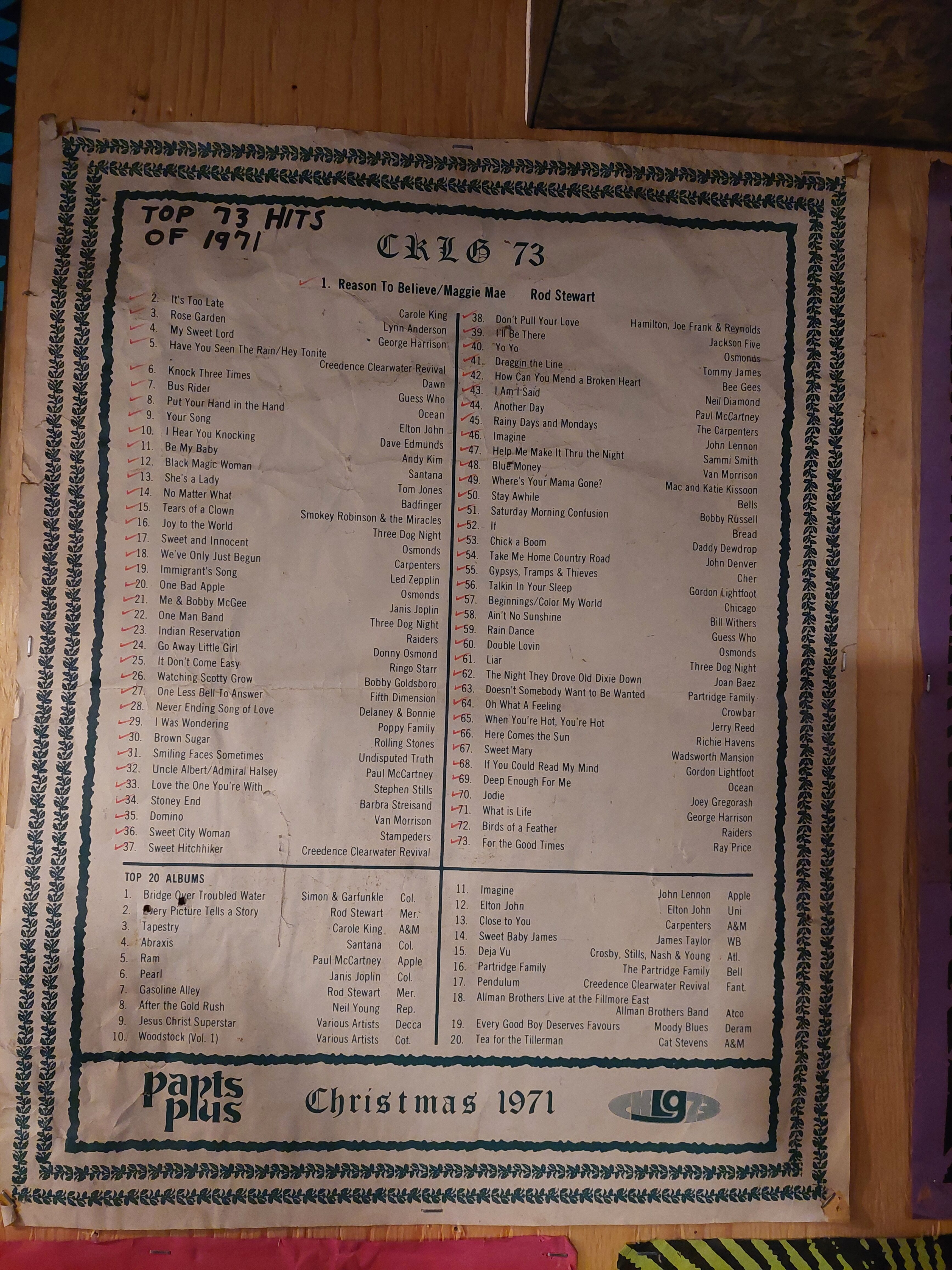A year. That’s how long I waited after submitting my Access to Information and Privacy (ATIP) request to National Defence, hoping to find concrete evidence of Prince George’s Cold War bunker. When the package finally arrived this fall, it contained both the confirmation I’d been seeking and a new puzzle to solve.
The Breakthrough
The declassified documents definitively confirmed what I’d suspected: Prince George did indeed serve as a Zone Emergency Government Headquarters (ZEGHQ) during the Cold War. According to the records, “Pacific Region has six ZEGHQs of which four are established in Federal buildings at Kamloops, Nelson, Prince George, and Prince Rupert.”
This wasn’t just speculation based on a historical map anymore. The federal government had maintained an emergency operations facility in our city, designed to coordinate regional responses in the event of nuclear attack. The ZEGHQ served as the critical link between the Regional Emergency Government Headquarters and local municipalities, part of a provincewide network of emergency preparedness.
The Plot Thickens: A Building Sold
But here’s where things get interesting. Buried in the documents was a tantalizing note: “This building has just been sold (April 90) and a new location has not been promulgated.”
April 1990. Just as the Cold War was ending, Prince George’s emergency government facility was being quietly disposed of. This timing detail became my new lead.
Two Suspects Emerge
My research has narrowed the location down to two prime candidates, each with compelling evidence:
Suspect #1: The Old Post Office (1288-1294 Third Avenue)
The Federal Government Building, Prince George’s original post office, fits the profile almost perfectly. Built in 1939, this Art Deco structure housed federal services for decades and featured a full basement. Crucially, it was sold in 1991, which aligns closely with the “April 90” sale mentioned in the documents (the discrepancy could be explained by the difference between an offer being accepted and a sale finalizing).
The building matches the pattern seen across B.C., where postal facilities frequently played dual roles in civil defense. The 1955 addition expanded the building significantly, and the timing of Cold War bunker construction (1958-1968) would have made it feasible to retrofit or integrate emergency facilities into the existing structure.
Suspect #2: The RCMP Connection (1323 5th Avenue)
The documents also reference something intriguing: “PRINCE GEORGE RCMP Sub-Div HQ, 1323 5th Avenue” is listed with Bob Kelly identified as “PEP Zone Manager, Prince George.”
Provincial Emergency Program (PEP) Zone Managers were the key personnel who would have operated the ZEGHQs. Having the Zone Manager working out of the RCMP Sub-Division headquarters suggests this location may have housed the emergency facilities, or at least the operational command.
This location later became the site of a new Canada Post facility, adding another layer to the postal service connection that appears throughout B.C.’s civil defense infrastructure.
The Redactions Tell Their Own Story
What’s perhaps most fascinating is what I didn’t get in the ATIP response. Sections were heavily redacted under sections 19 and 15 of the Access to Information Act, provisions covering “Defence and International Affairs.” Even decades after the Cold War ended, specific details about these facilities remain classified.
What We Now Know
The confirmation from National Defence establishes several facts:
Prince George definitely had a ZEGHQ as part of the provincial civil defense network
It was housed in a federal building (ruling out city-owned facilities)
The facility was active until at least 1990
The building it occupied was sold around April 1990
A PEP Zone Manager operated from the RCMP Sub-Division headquarters
The picture that emerges is of a modest but functional emergency operations center, nothing like the massive Diefenbunker in Ontario, but an essential node in Canada’s civil defense network. These facilities weren’t designed to survive direct nuclear strikes; they were meant to provide safe locations in “non-target” areas where government operations could continue during and after an attack.
The Search Continues
I’m currently pursuing several new leads. The Heritage Register documents for the Old Post Office building are detailed, but they focus on architectural features visible from the outside. What modifications were made to that basement in the 1950s and 60s? The 1955 addition expanded the building significantly, was this expansion partly driven by civil defense requirements?
I’m also working to track down former federal employees who worked in these buildings during the Cold War era, and I’ve submitted additional ATIP requests to Public Safety Canada (which absorbed the old Emergency Management Organizations).
The irony isn’t lost on me: in an age where we can find almost anything with a quick Google search, uncovering recent local history requires patience, persistence, and the willingness to wait eighteen months for heavily redacted documents that raise as many questions as they answer.
A Personal Reflection
Standing outside the Old Post Office today, watching people walk past without a second glance, I can’t help but think about what might lie beneath. This unassuming Art Deco building, with its decorative pilasters and commemorative plaque, might have been designed to help coordinate the response to nuclear war. Or perhaps it was the RCMP building, now gone, that held those secrets.
Prince George always seemed too quiet, too ordinary for Cold War intrigue. But the documents prove otherwise. Our city was part of a vast, interconnected system designed to ensure government survival in humanity’s darkest possible scenario. That system existed here, in concrete and steel, staffed by our neighbors and hidden in plain sight.
The question isn’t whether Prince George had a Cold War bunker anymore. The question is: which building was it, and what exactly lies beneath?
If you have any information that might help solve this mystery, please contact me at ote@unbc.ca. Sometimes the best historical evidence isn’t in government archives, it’s in the memories of those who were there.
I also have the full 400-page document package from National Defence available for anyone interested in reviewing it themselves. There may be details I’ve missed or connections others might see. If you’d like to examine the documents, reach out and I’m happy to share them.
The search continues.






